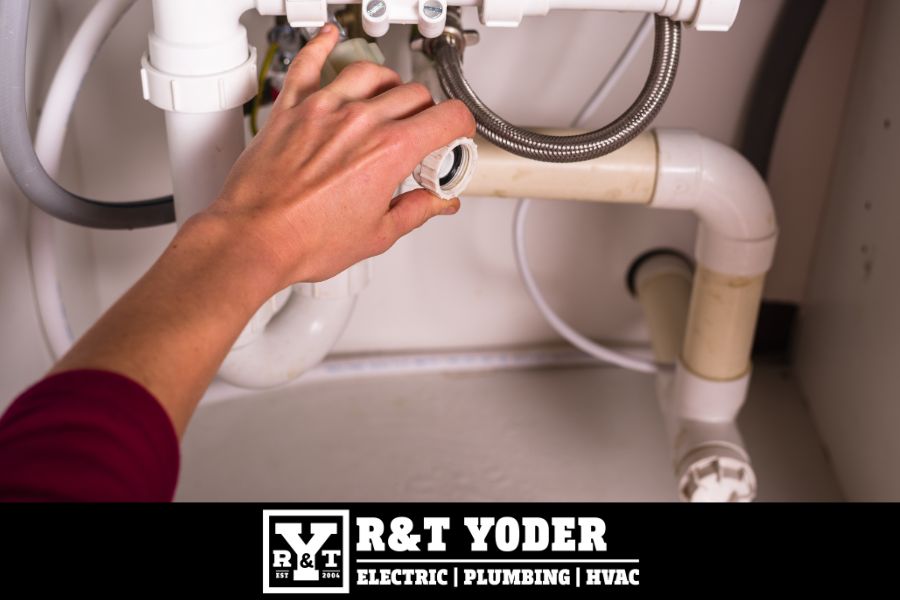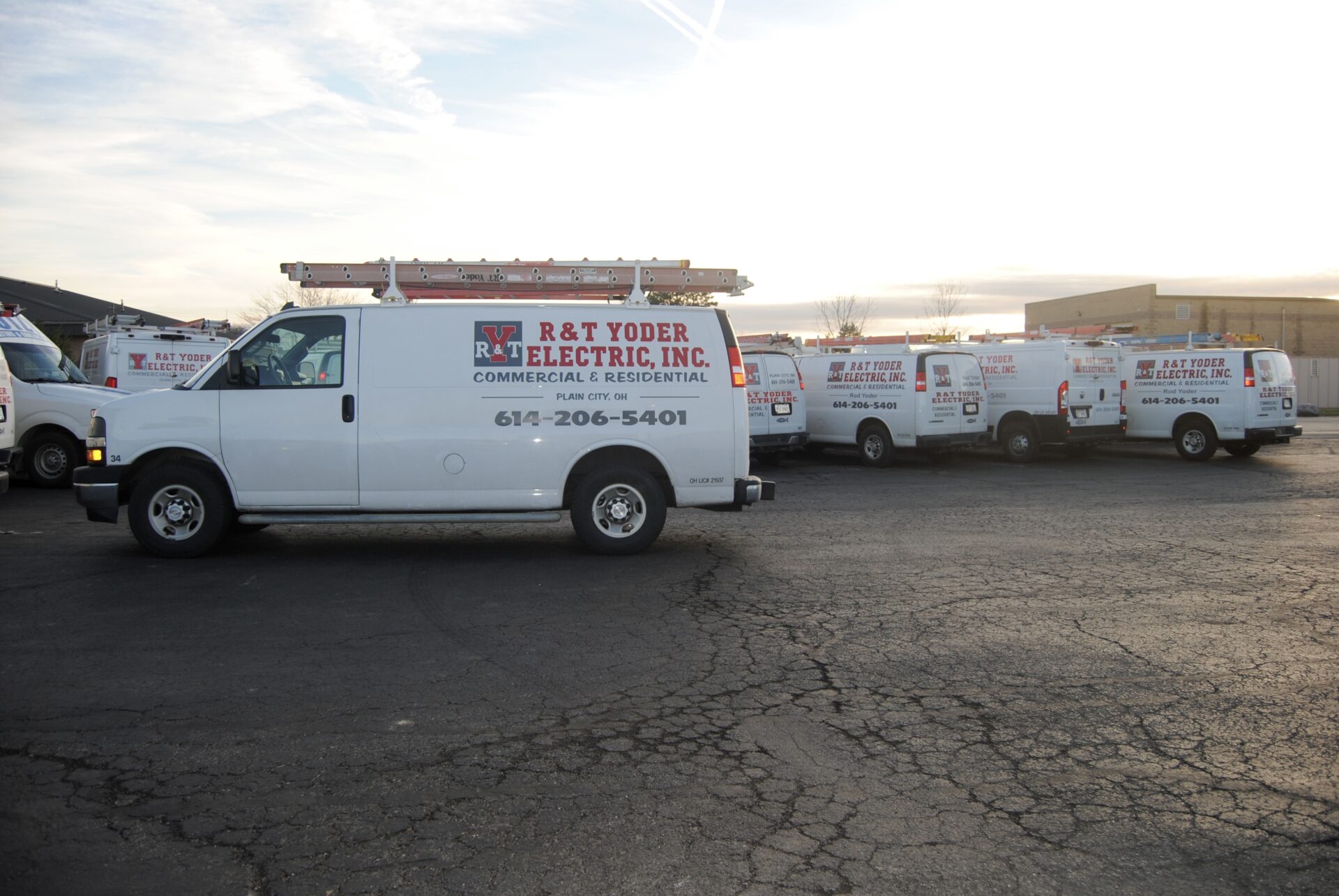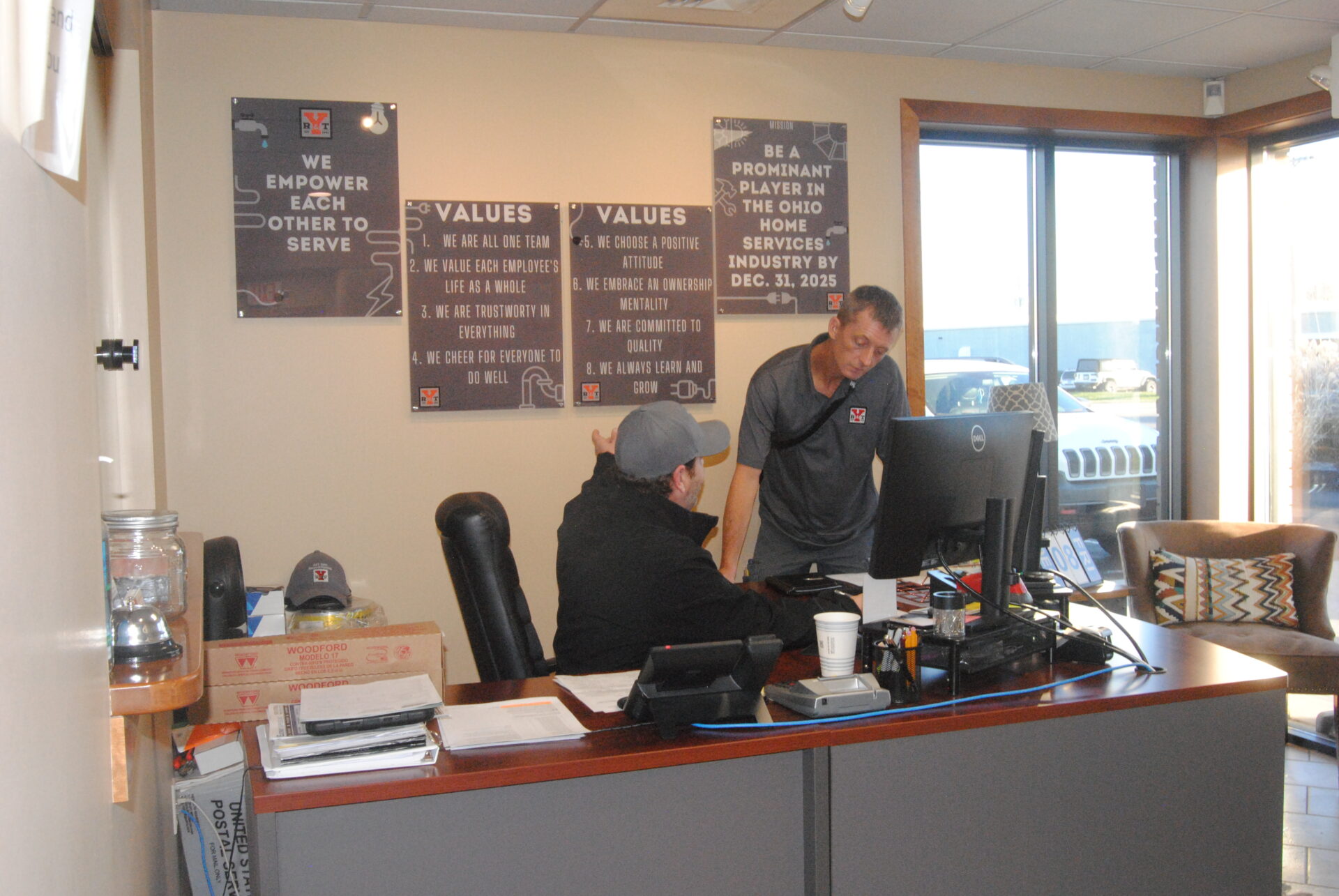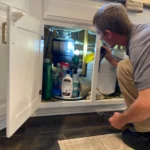Drains play an essential role in keeping homes and businesses functional and sanitary. Yet, many people only think about their drains when something goes wrong—when water backs up, sinks fill slowly, or foul odors permeate the air. Regular drain cleaning helps prevent these issues and keeps plumbing systems running smoothly. But what is drain cleaning, and how do you know when it’s necessary?
1. What Is Drain Cleaning?
Drain cleaning refers to the process of removing blockages, buildup, and debris from your drains to ensure that water and waste flow smoothly through your plumbing system. Unlike a quick fix for a clog, professional drain cleaning thoroughly clears the pipes, removing accumulated materials such as
- Grease and fats
- Food particles
- Hair and soap scum
- Mineral deposits
- Tree roots
- Foreign objects
Drain cleaning not only resolves current issues but also helps prevent future problems. Regular cleaning maintains the health of your plumbing system, extends the lifespan of your pipes, and minimizes the risk of costly repairs.
2. Why Is Drain Cleaning Necessary?
Over time, drains accumulate a variety of substances that can lead to clogs, slow drains, and even pipe damage. Here’s why drain cleaning is a crucial part of home maintenance
2.1 Prevents Blockages
Routine cleaning helps prevent stubborn clogs from forming. Small buildups can quickly escalate into significant blockages that disrupt your plumbing system.
2.2 Eliminates Odors
Debris trapped in drains can decompose and produce unpleasant odors. Cleaning your drains removes these materials, keeping your home fresh.
2.3 Reduces Bacteria and Mold Growth
Stagnant water and organic debris create an ideal environment for bacteria and mold. Cleaning eliminates these hazards, improving hygiene and health.
2.4 Protects Pipes from Damage
Grease, minerals, and other materials can corrode pipes over time. Regular cleaning helps prevent buildup that can lead to cracks, leaks, or burst pipes.
2.5 Prevents Expensive Repairs
Addressing minor drain issues through routine cleaning can prevent the need for costly emergency repairs, such as replacing damaged pipes or dealing with sewer backups.
3. Methods for Drain Cleaning
Several methods are used to clean drains effectively. The best technique depends on the severity of the blockage, the type of plumbing system, and the nature of the debris. Here are the most common methods for drain cleaning
3.1 Plunging
- How It Works: A plunger creates suction and pressure to dislodge blockages near the surface of the drain.
- Best For: Minor clogs in sinks, toilets, and showers.
- Pros: Quick, inexpensive, and DIY-friendly.
- Cons: Ineffective for deep or severe clogs.
3.2 Drain Snaking (Augering)
- How It Works: A flexible metal cable with a corkscrew tip is fed into the drain to break through or pull out blockages.
- Best For: Hair clogs, minor grease buildup, and obstructions within the first few feet of the drain.
- Pros: Effective for small to medium blockages; affordable.
- Cons: Doesn’t clean the pipe walls thoroughly; temporary solution.
3.3 Hydrojetting
- How It Works: A high-pressure water jet blasts away blockages, grease, and buildup, cleaning the entire interior of the pipe.
- Best For: Stubborn clogs, grease buildup, and tree root intrusions.
- Pros: Thorough cleaning; removes all debris and buildup.
- Cons: Requires professional equipment and expertise; not suitable for old or damaged pipes.
3.4 Chemical Drain Cleaners
- How It Works: Caustic chemicals dissolve organic matter, breaking down clogs.
- Best For: Minor clogs caused by hair, grease, or soap scum.
- Pros: Convenient and easy to use.
- Cons: Can damage pipes, harmful to the environment, and pose health risks.
3.5 Enzymatic Cleaners
- How It Works: Bacteria or enzymes digest organic material, breaking down clogs over time.
- Best For: Routine maintenance and minor organic clogs.
- Pros: Environmentally friendly and safe for pipes.
- Cons: Slow-acting; ineffective for severe clogs.
3.6 Air Burst Cleaning
- How It Works: Pressurized air is forced into the drain, pushing blockages out of the way.
- Best For: Small blockages in residential drains.
- Pros: Quick and efficient for minor clogs.
- Cons: Less effective for severe or deep blockages.
4. Signs Your Drains Need Cleaning
Recognizing the early signs of a clogged or dirty drain can save you from more significant problems down the line. Here are some indicators that your drains need cleaning
4.1 Slow Draining Water
If water takes longer than usual to drain from sinks, tubs, or showers, it’s a clear sign of a developing clog.
4.2 Gurgling Sounds
Bubbling or gurgling noises from your drains or toilet can indicate trapped air caused by blockages.
4.3 Unpleasant Odors
Foul smells from drains often result from trapped food particles, grease, or organic matter decomposing in the pipes.
4.4 Frequent Clogs
If clogs occur repeatedly, even after using a plunger or drain snake, it may be time for a thorough cleaning.
4.5 Water Backups
Water backing up into sinks, tubs, or showers is a serious sign that a blockage is preventing proper drainage.
4.6 Overflowing Toilets
If your toilet frequently overflows or struggles to flush completely, a clog in the pipes or sewer line may be the culprit.
5. When Is Drain Cleaning Necessary?
Knowing when to clean your drains can help you maintain a healthy plumbing system. Here are some scenarios where drain cleaning is necessary
5.1 Routine Maintenance
- Frequency: At least once a year.
- Why: Prevents buildup and potential clogs, keeping your drains in optimal condition.
5.2 Before Major Plumbing Repairs
- Why: Ensures clear pipes and reduces complications during repairs or replacements.
5.3 After a Major Clog
- Why: Even if you’ve cleared the clog, residual debris can lead to future blockages.
5.4 When Moving into a New Home
- Why: Ensures the plumbing system is clean and free of hidden issues.
5.5 Commercial Kitchens and Businesses
- Frequency: More frequent cleanings (monthly or quarterly).
- Why: Prevents grease and food debris from causing serious blockages.
6. DIY Drain Cleaning Tips
While professional cleaning is essential for severe or recurring problems, you can perform routine maintenance with these DIY tips
- Use a Plunger: A simple tool for clearing minor clogs.
- Baking Soda and Vinegar: Pour 1 cup of baking soda followed by 1 cup of vinegar into the drain. Let it sit for 30 minutes, then flush with hot water.
- Boiling Water: Pour boiling water down the drain to dissolve grease and soap scum. (Avoid for PVC pipes.)
- Drain Strainers: Use strainers in sinks and showers to catch hair, food, and debris.
7. The Importance of Professional Drain Cleaning
While DIY methods can help with minor issues, professional drain cleaning offers deeper, long-lasting results. Here’s why professional services are worth considering
- Advanced Equipment: Tools like hydrojetters and augers reach blockages that DIY methods can’t.
- Thorough Cleaning: Professionals clean the entire pipe, not just the immediate clog.
- Safety: Experts know how to handle tough clogs without damaging pipes.
- Diagnosis: Video inspections can identify hidden issues like cracks or root intrusions.
Understanding what drain cleaning is and knowing when it’s necessary can save you from the headaches of blocked pipes and costly repairs. Whether you opt for DIY methods for minor maintenance or call in professionals for stubborn clogs, regular drain cleaning keeps your plumbing system healthy and efficient.
By recognizing the signs of dirty or clogged drains and using the appropriate methods, you can ensure that your home’s plumbing runs smoothly for years to come.











